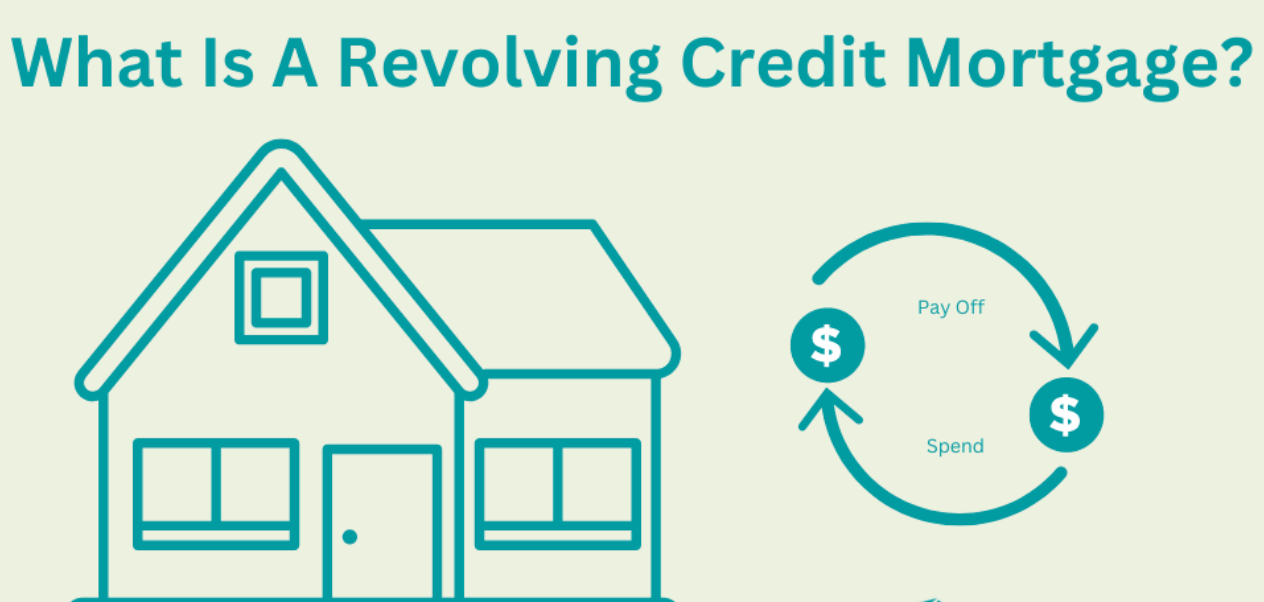
A revolving credit home loan can offer more flexibility than a traditional home loan, allowing you to borrow money as you need it. But is it the right choice for you? We’ll look at revolving credit mortgages, how they work, and the pros and cons of this type of finance.
What is a revolving credit mortgage?
A revolving credit mortgage works in a similar way to an overdraft or a business line of credit.
Essentially, this type of mortgage lets you access the equity in your home and allows you to access the money you’ve repaid on your mortgage.
You can use the credit for anything you like; such as regular bills, home renovations and general living expenses.
You only end up paying interest on the amount you draw down. When you’ve paid down the outstanding amount, you free up additional credit to use again.
How does a revolving credit mortgage work?
You’re only eligible for a revolving credit mortgage if you have equity in your home.
Equity is the difference between the value of your home and the amount you owe on your mortgage. For example, if your home is worth $500,000, and you have a loan balance of $300,000 on your mortgage, you have $200,000 in equity.
When you apply for a revolving credit mortgage, the lender will decide how much credit you’re eligible for based on your home’s equity amount and other factors, like your credit score.
Just like a credit card, as you use your line of credit you’ll need to make monthly payments based on the amount you’ve borrowed into your revolving mortgage account.
Here’s an example:
- Sarah and Aiden have a revolving credit mortgage with a credit limit of $80,000 and a 4.00% interest rate.
- At the start of the month, their outstanding balance is $70,000 as they’ve purchased a car and made a few home renovations.
- Throughout the month, they receive their wages, which they use to pay off some of their outstanding balance, reducing it to $60,000.
- They also withdraw money from their credit line to pay off a $2,000 credit card balance. This increases their outstanding balance to $62,000.
- Their bank calculates interest daily and charges it at the end of the month.
How does the interest on a revolving credit mortgage work?
You only pay interest on the amount you borrow. The interest on a revolving credit mortgage is calculated daily based on the outstanding balance and charged at the end of each month.
One of the benefits of this type of mortgage is the interest rate is typically lower than the interest rate on credit cards or personal loans.
Generally, a floating interest rate (or a variable interest rate) applies to a revolving credit mortgage, meaning if interest rates go up, your total mortgage interest payments will also increase. Conversely, if rates go down, so do your mortgage repayments.
If you’re considering this type of loan, use an online revolving credit mortgage calculator to compare different interest rates and repayment strategies.
Advantages and disadvantages of a revolving credit mortgage
Advantages:
- It is flexible to borrow money as you need it for ongoing living costs and offers a safety net for unexpected expenses or times of irregular income.
- It can be easier for people who struggle to build up cash in a savings account.
- Compared to credit cards or a personal loan, the interest rate for revolving credit mortgages is generally lower.
- A revolving credit mortgage lets you access the equity in your home without having to sell your property, take out a second mortgage or refinance.
- Potential tax advantages with tax-deductible interest costs.
Disadvantages:
- Budgeting can be tricky as revolving credit mortgages have floating interest rates that fluctuate, making it hard to create a consistent budget for your home loan repayments.
- It can be easy to get in over your head; tracking your expenses closely and paying down the balance as often as possible is critical.
- If you default on your repayments, you could risk losing your home as your home secures the mortgage.
- Closing costs can add to the overall cost of borrowing. Closing costs are the fees and expenses paid at loan closing, for example, loan origination, appraisal, title search and insurance.
If you’re considering a revolving credit mortgage for your loan structure, it might be a good idea to chat with a mortgage adviser and get professional advice about your unique situation.






